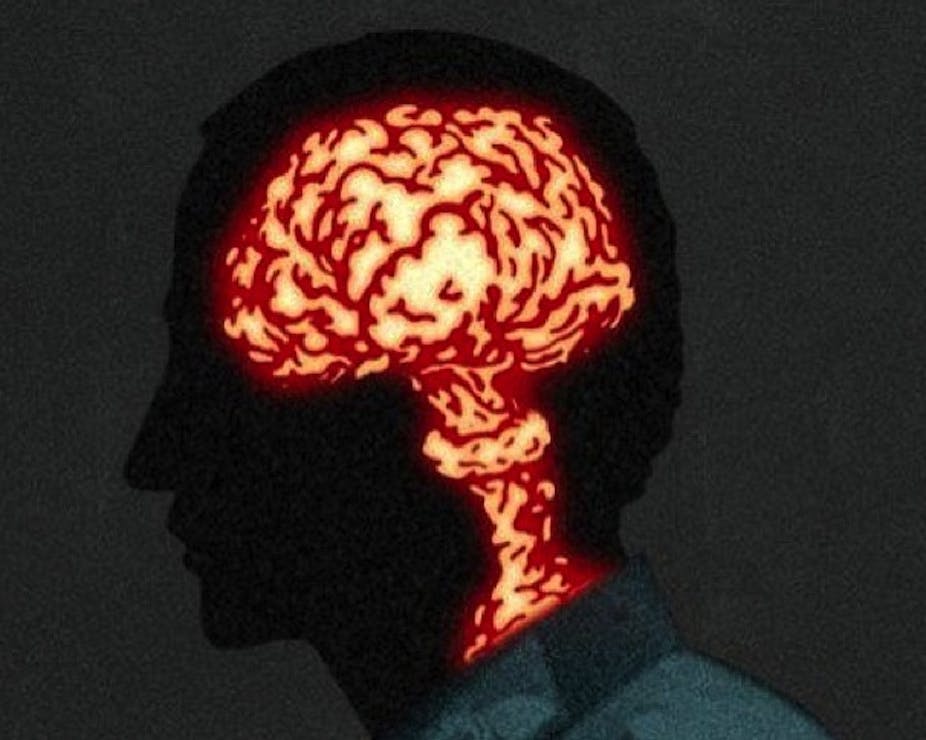Until a few years ago, it was assumed that humans were born with the maximum number of neurons that we were ever going to have. There was no chance of self-replenishment as we got older, or if we suffered some sort of neurological disease or trauma. But our understanding of the brain is changing all that and there’s good news.
While we thought that the human brain was more or less static, studies in mice and rats had shown that they make new neurons throughout life. Many of these neurons are made in a region of the brain called the hippocampus, which plays an essential role in learning and forming new memories.
Remarkably, these newborn neurons are able to form connections (synapses) with pre-existing cells. The strength and effectiveness of these new, immature synapses is especially dependent on the level of electrical activity within the newly-made neuronal networks.
This means that the new circuits are highly adaptable, changing in response to life’s experiences. These changes are believed to be especially important when laying down new memories in adult brains.
Until now, these insights into adult learning and memory were restricted to studies in rodents, but a landmark paper published earlier this month in the journal Cell finally provides proof that new neurons are also made throughout life in a critical part of the human hippocampus.
The research changes the way we think about our brains and how they are altered.
The research
The authors (Kirsty Spalding and colleagues) made the breakthrough by inventing an extraordinarily complex technique that measures the amount of carbon isotope 14 (C14) in the DNA of human cells obtained post mortem.
C14 levels in the atmosphere peaked during the period of above-ground atomic bomb tests in the 1950s and early 1960s, and have declined ever since.
When cells divide, they incorporate carbon into the newly formed DNA, so measurement of how much C14 is in DNA gives an indication of when the cells were born.
The measurements reveal surprisingly high levels of neurogenesis in the hippocampus and show that it continues into old age. The new cells are born in a part of the hippocampus called the dentate gyrus, a region essential for forming and consolidating memories.
Using complex modelling, the researchers calculated that there’s a sub-population of hippocampal neurons (about a third of them, probably comprising most of the dentate gyrus) that is continually renewed. This proportion of “exchangeable” neurons is much higher in humans than in rodents.
The generation of new cells is similar in males and females, and declines slightly with age, although the decline is nowhere near as great as documented in mice and rats.
Interestingly, neurons in the non-renewing population are gradually lost throughout life, and adult-born cells in the renewable sub-population appear not to survive for more than about 10 years. So, overall, we do end up with fewer hippocampal neurons at 80 than at 20.
What it means for you
In a commentary on the paper published in Science, Gerd Kempermann suggests that renewal of neurons in the dentate gyrus allows us to “cope with change and novelty” and might even “prominently contribute to the individualization of the brain and thus the shaping of personality”.
The authors of the Cell paper themselves raise the tantalising possibility that reduced neurogenesis in the human brain may be a factor in psychiatric disease.
Reduced neurogenesis has been suggested to occur in depression and other mood disorders, and perhaps also in Alzheimer’s disease. The possibility of manipulating neuron formation as a type of therapy for neurological disease has more substance now.
The finding also provides clues as to how we can best nurture our brain as we get older. It’s well established that exercise increases the number of new neurons born in mouse hippocampus. One important factor underlying this effect is a protein, called brain-derived neurotrophic factor (BDNF), levels of which are increased in physically active animals.
There’s an age-related decline in BDNF concentrations but having a bigger hippocampus is linked to higher levels of the protein. And the hippocampus is larger in people who exercise, so physical activity may increase the factors that aid neurogenesis in our brains.
All the more reason then to walk to the corner store, ride that bicycle, or go to the pool for a swim. You might just be doing your brain some good. And watch this space for more practical lessons from cutting-edge brain science.

